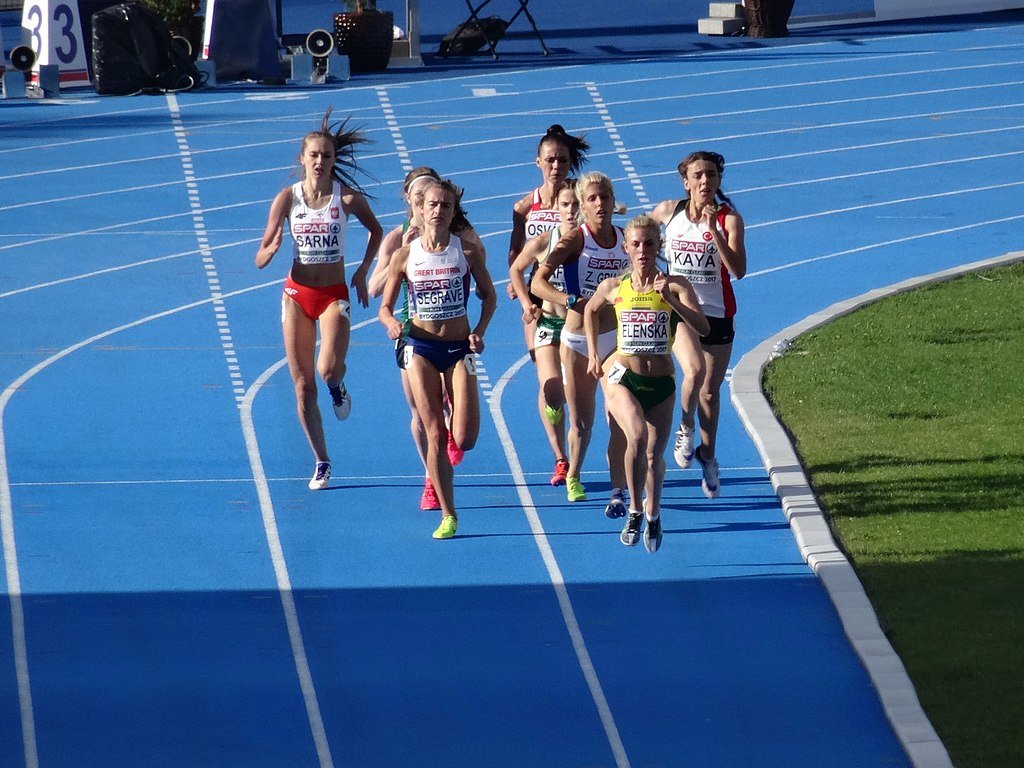
Whoever you are, wherever you live and no matter how old you are currently, you’ve probably heard about the sport of athletics. It’s just as ubiquitous as the notion of casino games or promo codes for Spin and Win online. That’s because athletics is such a broad term, covering many different activities that can be done either recreationally or professionally, by basically everyone.
Here are some of the most interesting facts about athletics, and even though you are probably familiar with some of them, a few might surprise you.
First Olympic Games
The athletics were one out of nine sports in the first-ever modern Olympic games in 1896, where people saw marathon for the first time when it comes to international competitions.
Spyridon Louis won the race and became the first Olympic champion in athletics for Greece, which made him a national hero at the time.
Athletics Include Four Activities
Even though there are dozens of different individual sports in athleticism, it can be divided into four major and fundamental groups:
- Running
- Throwing
- Jumping
- Walking
When put like that, it might sound simple, but when you think about over 20 different disciplines, who knows how many leagues and hundreds of thousands of competitors from all over the world it does sound extremely complex.
Even though 100-meter sprints and marathons include only running, the two have completely different learning, breathing and performing requirements.
Prehistoric Roots
Events of competitive throwing, jumping, walking and running were found painted in Ancient Egyptian tombs. Scientists claim that those depictions date back to 2250 BC.
Besides having participants in the first modern Olympics, competitors were running and throwing rocks in the very first Olympic games in Ancient Greece held in 776 BC. The contestants ran the famous “stadium” race which was a running event that had the unknown number of runners run across the entire stadium.
Categories in Athletics
There are five main categories:
- Youth – Includes athletes that are under 18 years old
- Junior – Participants are under 20
- Under 23 – Pretty, self-explanatory
- Senior athletics – Presents an open class without the upper age limitations, even though there are some barriers for younger people when it comes to endurance events
- Masters athletics – All athletes who are 35 and above, with a unique group after each 5 years
Since 1952, those with physical disabilities compete separately in international events. To make the competition as fair as possible, the committee, came up with five categories as well, presented by numbers:
- From 11 to 13 – Competitors with visual impairments
- 20 – Participants who are intellectually disabled
- From 31 to 38 – Those with cerebral palsy
- 40 to 46 – Amputees. They compete along with people with dwarfism
- 51 to 58 – Competitors in a wheelchair
Besides the numbers, letters F and T stand for either field or track. So, the next time you watch Paralympic games, you know that the athlete classified as T55 is competing in a wheelchair on a track.








